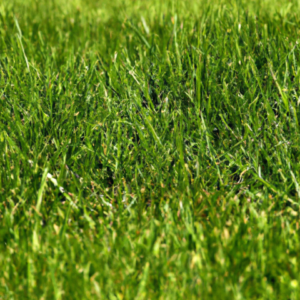
April is celebrated as Lawn Care Month, an ideal time for homeowners and gardening enthusiasts to dive deep into the nuances of lawn maintenance. In the spirit of this month, let’s embark on a journey to enhance our understanding of lawn care, focusing particularly on the critical aspect of fertilization. Fertilizing your lawn correctly can significantly contribute to its health, vitality, and aesthetic appeal. However, navigating the complexities of fertilizer application can be challenging, especially for beginners. This guide aims to demystify the process, highlight common pitfalls, and provide expert insights to ensure your lawn flourishes.
- Understanding the Importance of Fertilizer in Lawn Care
Fertilizers play a pivotal role in lawn care by supplying essential nutrients that support robust grass growth. When applied correctly, fertilizer can empower your grass to outcompete weeds, resist pests, and withstand environmental stresses. The key to effective fertilization lies in timing, quantity, and product selection.
- Timing is Everything
One of the most common errors in lawn care is applying fertilizer at inappropriate times. The golden rule for fertilization is to apply when your grass is actively growing. This period varies depending on your climate and the type of grass you have. For cool-season grasses, early spring and fall are optimal times, while warm-season grasses benefit most from fertilization in late spring through early summer.
- The Pitfalls of Over-Fertilization
The adage “more is better” does not apply to lawn fertilization. An excess of fertilizer can lead to rapid, unsustainable leaf growth, at the expense of root development. This imbalance makes your lawn more susceptible to drought and disease. Moreover, over-fertilizing can cause “fertilizer burn,” a condition where grass blades turn yellow or brown and may die due to the high concentration of salts in the soil.
- Selecting the Right Fertilizer
Choosing the correct fertilizer is crucial for your lawn’s health. Fertilizers come in various formulations, each tailored to different needs. Reading the label carefully is essential to understand the nutrient content and application instructions. The three primary nutrients in fertilizers are nitrogen (N), phosphorus (P), and potassium (K), each serving a unique purpose in plant growth. Nitrogen promotes leaf growth, phosphorus supports root development, and potassium enhances overall plant health.
- Seeking Professional Guidance
For those unsure about the best approach to lawn fertilization, consulting with a landscape professional can be invaluable. These experts can assess your lawn’s specific needs, considering factors like soil type, grass species, and local climate conditions. They can recommend the most suitable fertilizer products and provide guidance on proper application techniques to ensure optimal results.
- Best Practices for Fertilizer Application
- Application Techniques: Use a spreader for even fertilizer distribution. There are two main types of spreaders: broadcast and drop. Broadcast spreaders are ideal for large areas, while drop spreaders offer more precision, making them suitable for smaller, intricate lawns.
- Follow Instructions: Adhere to the manufacturer’s instructions regarding dosage and application frequency. Over-application can harm your lawn and the environment.
- Watering: After applying fertilizer, water your lawn lightly. This helps dissolve the fertilizer and carry the nutrients down to the roots.
- Safety Measures: Wear protective gear, such as gloves and a mask, during application to avoid direct contact with the chemicals.
- In conclusion
April’s Lawn Care Month serves as a timely reminder of the importance of proper lawn maintenance. Fertilization, when done correctly, can significantly enhance the health and beauty of your lawn. By avoiding common mistakes, choosing the right product, and adhering to best practices, you can ensure your lawn remains a vibrant and welcoming outdoor space. Remember, the journey to a lush, green lawn starts with understanding and applying the fundamentals of lawn care. Whether you’re a seasoned gardener or a beginner, taking the time to learn about your lawn’s specific needs will pay off in the form of a beautiful, healthy landscape.
Click “DO IT FOR ME” to request a FREE quote.

Source: customer-service@bestyard.com in collaboration with Associated Landscape Contractors of Colorado
















